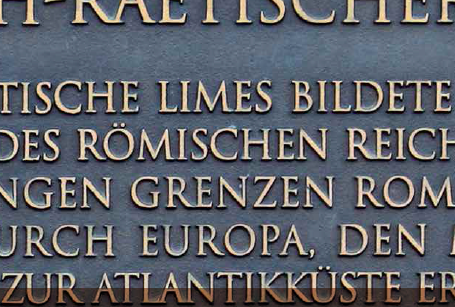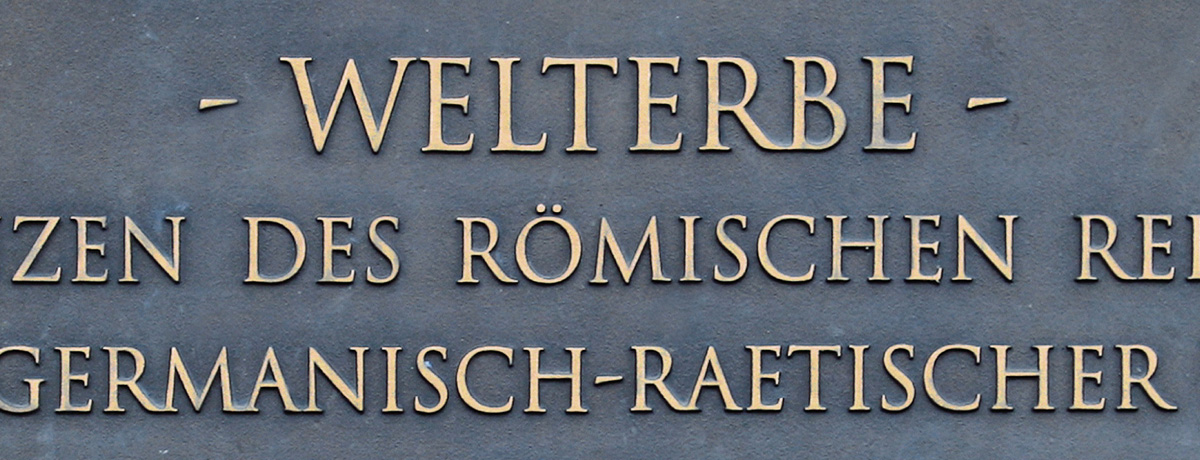
The Definition of the World Heritage Site
Coordinators from those countries that have already declared their intention to nominate their sections of the border as a World heritage Site came together to form a committee known as the “Bratislava Group”, named after the location of their first meeting in March 2003. Represented in this group are delegates from Bulgaria, Germany, Great Britain, Croatia, Austria, Romania, Serbia, Slovakia, and Hungary.
The Bratislava Group maintains close relations with UNESCO and was asked by the organisation to develop a definition of the World Heritage Site ‘The Frontiers of the Roman Empire’.
The following definition was established:
“The World Heritage Site ‘The Frontiers of the Roman Empire’ is comprised of the frontier border at the height of the empire under Trajan to Septimius Severus (c. 100-200 AD) as well as military installations of other periods that existed along the border. The facilities include the legionary camps, forts, towers, the Limes road, artificial barriers and directly connected civilian facilities.” Referred to as the “Koblenz Declaration”.
THE WORLD HERITAGE SITE „FRONTIERS OF THE ROMAN EMPIRE”
In 1987, Hadrian’s Wall (HW) was declared a World Heritage Site in Great Britain. It is the first section of the Roman frontier to receive this distinction.
The 550km long Upper German-Raetian Limes (ORL), with its approximately 900 watchtowers and 120 forts, was inscribed on the UNESCO World Heritage List in Durban (South Africa) on 15 July 2005, thus receiving certification that it is of world significance due to its uniqueness, authenticity and integrity. With Hadrian’s Wall having been inscribed as a World Heritage Site in 1987 together with the addition of the Antonine Wall (AW) in 2008, these three border sections of the former Roman Limes together now form the serial, transnational World Heritage Site “Frontiers of the Roman Empire” – FRE ((HW, ORL, AW). Ideally, the Roman military and barrier fortifications along the approximately 9,000 km long external border of the former Imperium Romanum situated around the Mediterranean should also receive the World Heritage designation in the future.
This project represents a completely new, unprecedented endeavour involving archaeologists and conservationists from many countries as well as various national and international committees. Specific rules and standards must be adhered to at all times. However, each country has its own traditions in relation to its archaeology, the protection and management of its monuments and the presentation of its find to the public. The intention is, therefore, not to make the countries change their traditions, but rather to bring archaeologists and administrative bodies together to create a framework within which each country can optimise its own working method.

